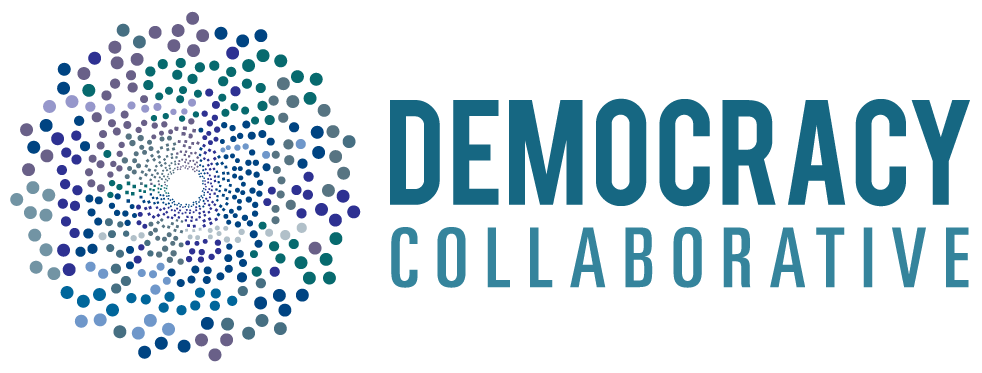How is community wealth building practiced?
The crises we face are driven by the extractive nature of our existing system – concentrated ownership, community disinvestment, attacks on labor, environmental degradation, and structural social and racial injustice. Community wealth building (CWB) directly confronts and addresses these trends - building an economic system where broad and democratic ownership lays the groundwork for greater equity, social and racial justice. It achieves this through the following five pillars of direct intervention into local economies:
Inclusive and democratic enterprise. Cities should have multiple forms of worker and consumer cooperatives, social enterprises, public ownership, municipal enterprise, and more, based on the recognition that the ownership of productive capital is at the heart of where power lies in any political-economic system.
Locally rooted finance. Cities and local institutions should redirect money in service of the real economy through public and community banks, credit unions, targeted public pension investments.
Fair work. Every worker must receive a living wage and real power in and control of their workplace for decent work and conditions, and advancing trade union rights.
Just use of land and property. Cities should mobilize land and property assets to build real wealth in communities, bring local land and real estate development back under community control, and combat speculation and displacement.
Progressive procurement. Local governments and place-based “anchor institutions” should lead with procurement practices that re-localize economic activity, build local multipliers and end leakage and financial extraction.
Within all of these five pillars are various elements that are direct interventions that help democratize local economies from the ground up. These include:
Community Land Trusts (CLTs)
Community Development Financial Institutions (CDFIs)
Worker-owned enterprises and co-operatives
Employee stock ownership plans (ESOPs)
Local government partnerships with anchor institutions (e.g., hospitals and universities)
These elements are not new – they have been benefiting communities across the world for generations. Yet, while they can produce real and positive outcomes for people, on their own they are not transformative unless linked to a larger context. What is missing from these individual elements is a broader, cohesive strategy. CWB sees the big picture, implementing each element in a holistic and interconnected way across all of the five pillars. In so doing, it achieves the urgency, speed, and scale required for this moment. We call this the Community Wealth Building “Wedge.”
One key procedural element of Community Wealth Building is the role of anchor institutions: large commercial, public and third sector organizations with a significant presence and stake in the local community. These include local authorities, public bodies, colleges, universities, hospitals, schools and housing associations. As large employers, purchasers of goods and services, and owners of land and property, these anchors exert significant influence on the local economy and labor market -the are economic agents. If anchor institutions work together they can have a transformative effect on the prosperity and wellbeing of their local communities.
“The Wedge”:
The Wedge represents CWB’s transformative power – powerfully combining the actions within these pillars to disrupt and displace the extractive economy, creating a new model that drives a more democratic economy from the local to the global.
TDC’s tried and tested methodology deploys this Wedge using an appreciative inquiry-based approach. This, in turn, produces a suite of actions which, taken together, act as the Wedge to democratize the local economy through practical, focused and achievable steps. TDC is developing the tools – from trainings to briefings to toolkits – and communities of practice with the resource, support, and expertise needed to take this movement from the fringes to the mainstream.
Read more:


